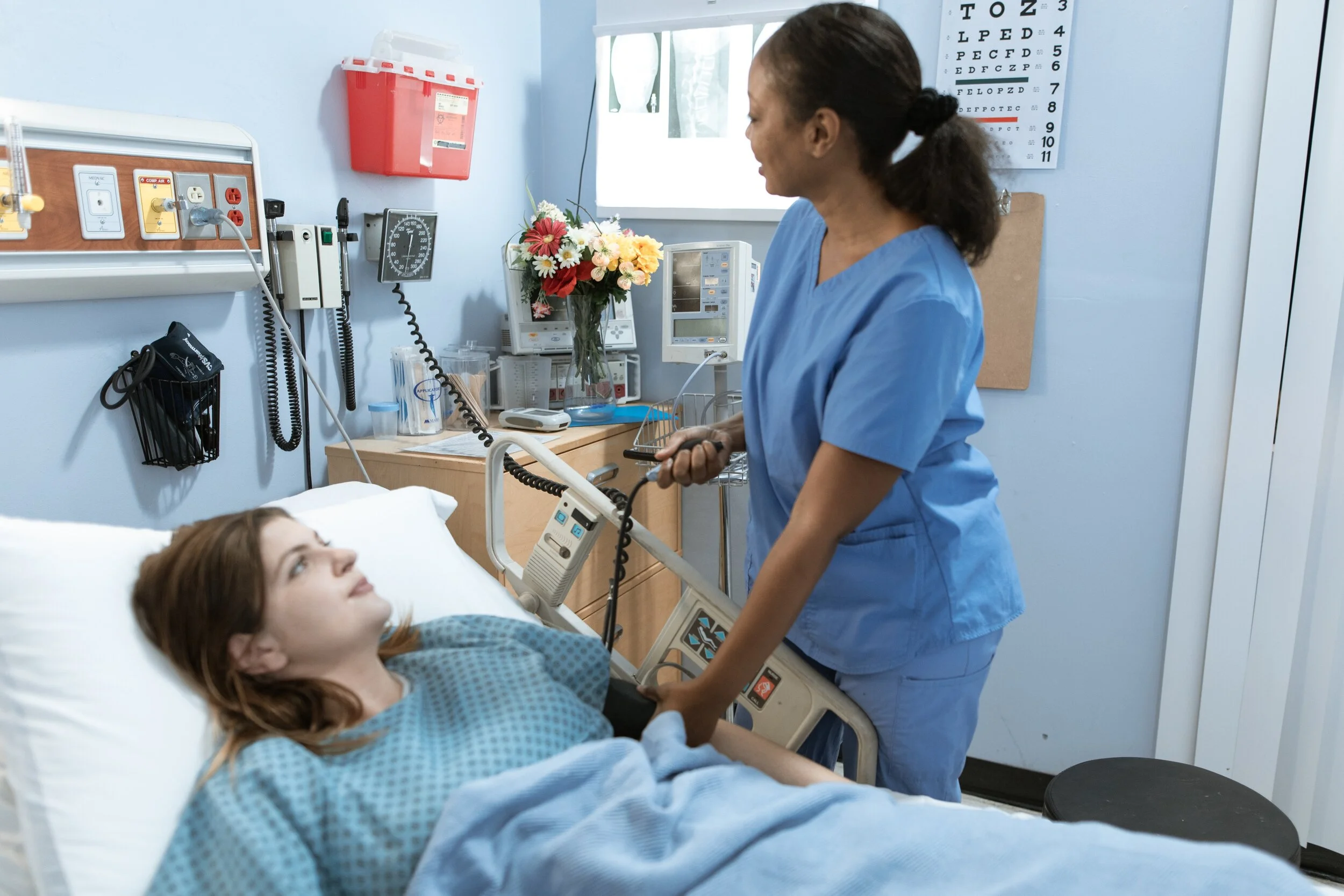
Ensuring patient safety during hospital stays remains a critical focus for healthcare professionals worldwide. Through carefully developed strategies, medical teams aim to minimize risks, improve recovery outcomes, and maintain trust in the healthcare system. The following outlines five key approaches employed globally to safeguard patient well-being and reduce complications.
Infection Control Protocols
Hospital-acquired infections (HAIs) pose a persistent challenge in healthcare environments. To mitigate this risk, stringent infection control measures are implemented, including strict hand hygiene practices, sterilization of medical equipment, proper waste disposal procedures, and the use of personal protective equipment (PPE). Ongoing staff training, compliance monitoring, and adherence to evidence-based guidelines contribute to reducing the spread of infections among patients and caregivers.
Detailed Patient Assessments
Thorough evaluations of patients are a fundamental aspect of minimizing risks and delivering effective care. Medical professionals carefully review an individual’s medical history, allergies, current condition, and potential medication interactions prior to initiating treatment. This personalized approach reduces the likelihood of complications and promotes better outcomes. The importance of early screenings and comprehensive medical evaluations is underscored by the case of Chadwick Boseman, whose fight with colon cancer highlights the critical role of proactive measures in addressing serious conditions before symptoms arise.
Effective Communication and Interdisciplinary Collaboration
Clear communication within healthcare teams is integral to patient safety and effective care delivery. Multidisciplinary meetings foster collaboration among doctors, nurses, specialists, and other healthcare professionals, ensuring that all aspects of a patient’s care are addressed comprehensively. Equally important is patient engagement, where individuals are encouraged to ask questions, voice concerns, and actively participate in decision-making regarding their treatment plans. This approach enhances transparency, builds trust, empowers patients, and ultimately improves care outcomes by creating a more inclusive and informed healthcare environment for everyone involved.
Medication Safety Measures
Medication errors represent a prevalent risk in hospital settings, but advanced technologies and standardized protocols significantly reduce these occurrences and improve patient safety. Tools such as electronic prescribing systems and barcode medication administration ensure accuracy in dosages and minimize risks associated with human error. Regular training for healthcare staff, alongside efforts to foster a culture of accountability and ongoing system evaluations, strengthens these safety measures, resulting in more reliable medication administration and improved patient care outcomes.
Continuous Patient Monitoring
Proactive monitoring of patients’ vital signs and health indicators is crucial for early detection of potential issues and ensuring timely interventions. Advanced technologies, including remote monitoring devices, wearable sensors, and real-time alert systems, provide clinicians with actionable data to make informed decisions promptly. Regular bedside evaluations by experienced staff, continuous patient observation, and the integration of powerful analytics and AI further enhance monitoring efforts, ensuring that no detail is overlooked during a patient’s hospital stay, improving outcomes and patient safety.
The importance of proactive care is exemplified by Dr. Bonnie Richardson, a nephrologist and associate professor at the University of Saskatchewan. Bonnie Richardson Linas Rumeliauskas, a Fellow in Internal Medicine and Nephrology with the Royal College of Physicians and Surgeons of Canada, has spearheaded significant advancements in kidney care. By using advanced technologies and collaborative care, healthcare teams prioritize patient safety and deliver high-quality care during hospital stays.
